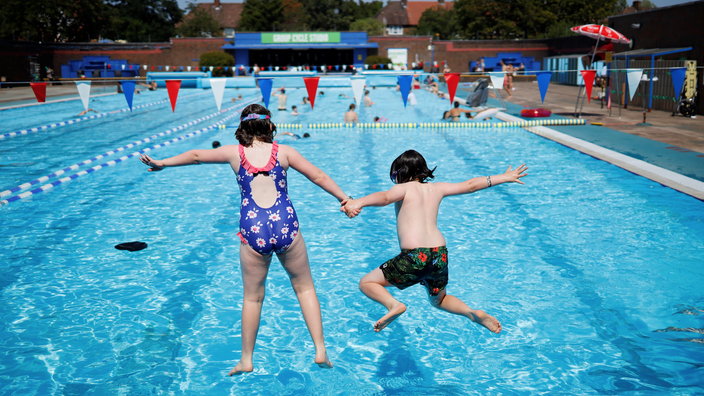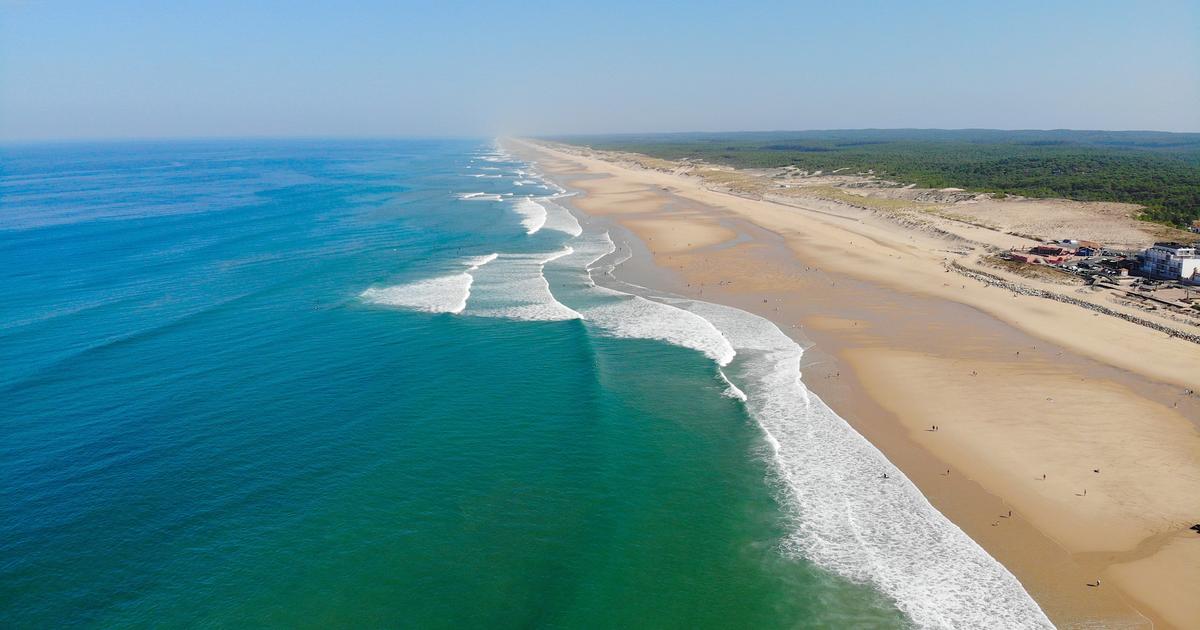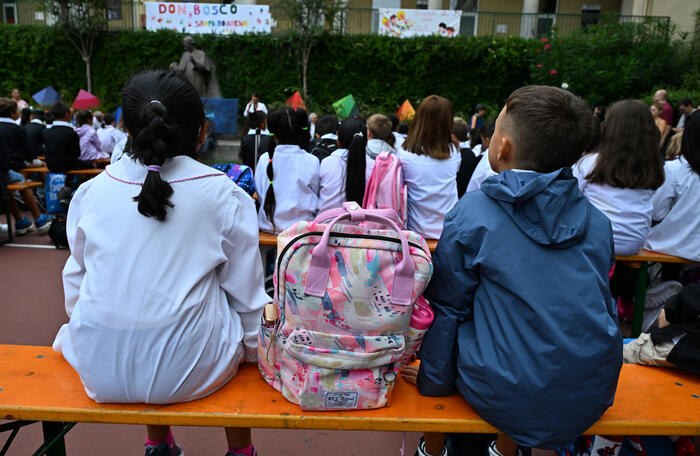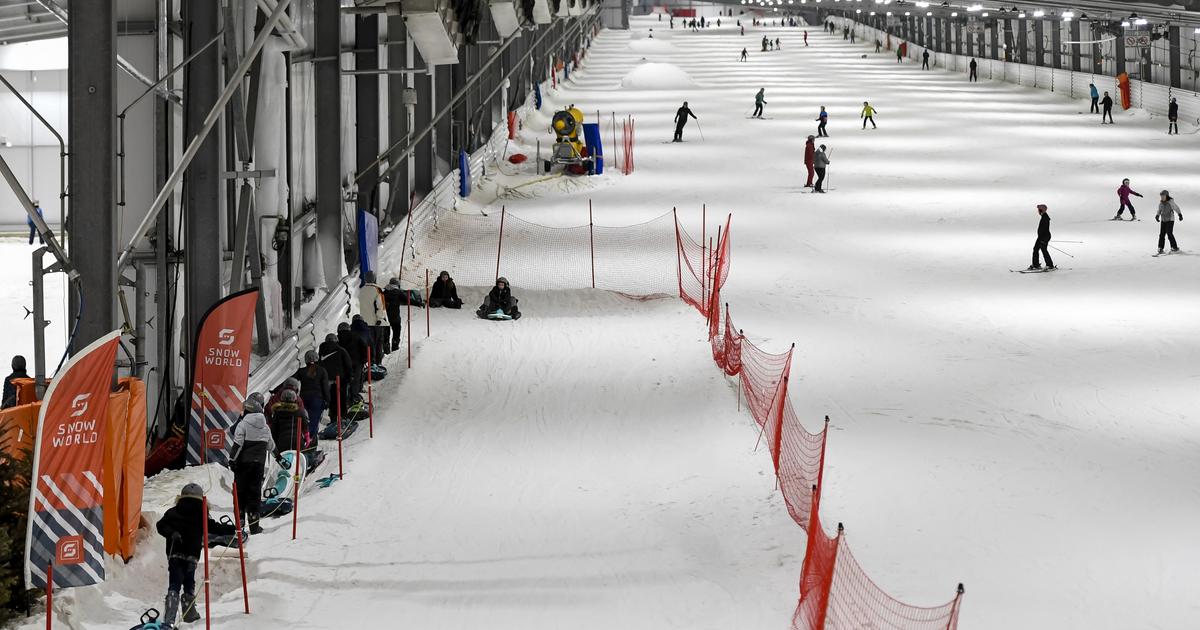Since the start of confinement, 800,000 children have not been able to learn to swim properly.
A figure that alarms the rescuers and Roxana Maracineanu, Minister of Sports.
In an interview given to the
Parisian
, the latter is worried: “
Many primary and secondary school students, where most of swimming is learned, could not have had lessons.
As summer approaches, it is very problematic, with the scourge of drowning which is constantly increasing during this period.
"
Read also: One in seven French people cannot swim
On social networks, some parents react to this observation, and make a point: "
My son has never learned to swim at school
";
"
Anyway, it's the same problem every year, no need for the Covid-19 so that the children do not learn to swim at school
".
What is it really?
Does the lack of swimming lessons in establishments really risk having an impact on drownings this summer?
The issue of learning inequality is unrelated to Covid-19
Since 2018, the number of drownings has increased, according to a survey by Public Health France.
“Each year, accidental drownings are responsible for 1,000 deaths.
In 2018, 1,649 accidental drownings were observed, an increase of 30% compared to 2015 ”
, we can read.
A finding, especially among those under 13.
Asked by
Le Figaro
, Claire Leger, general secretary of SNPMNS - national professional union of lifeguards - herself a lifeguard, explains that drowning often happens due to a lack of parental supervision, or by a lack of knowledge of the aquatic environment of the child.
Logically, it would therefore be understandable that the pandemic accentuated this last point.
However, this lack of knowledge of the aquatic environment has existed for a long time.
Many learning persist on French territory inequalities, particularly due to the so-called "white zones
s
".
Indeed, some primary schools cannot give lessons, due to a lack of swimming pool nearby.
"
School swimming, in itself, is a good idea, but we must be able to provide the means to access this possibility,
" said Claire Léger.
"Knowing how to save yourself"
Usually, we learn the first basics of swimming at the age of 4 in an out-of-school setting.
This first step is called "
s
have run away," says Claire Leger.
The child learns to enter the water consciously or unconsciously, to float, to move and to be able to get out of the water on his own.
In the school environment, in general, we start swimming in elementary school.
This time, the classes are no longer an awakening but focus on the mastery of sports activity.
“
We will learn codified swims such as breaststroke, front crawl, backstroke and butterfly,
” continues the lifeguard.
To accentuate the learning of the youngest in the school environment, and therefore reduce the number of drownings of children under 6, the Ministry of Sports, in partnership with the Ministry of National Education, had notably launched an "aquatic ease plan. "In April 2019. The goal is to teach the little ones to know how to float and not to panic in the water."
A plan today stalled with the closing of the swimming pools
", explains Roxana Maracineanu to the
Parisian
.
Solutions considered before summer
In order not to let a generation of non-swimmers end up on the beaches this summer, the Minister of Sports mentions several “
emergency
” solutions: the deployment of “
mobile pools
” of 4 meters by 8 in schools and gymnasiums, in agreement with the rectorates.
The installation of convertible tops or heating systems for open swimming pools.
And the linking of individuals equipped with a swimming pool and lifeguards to offer lessons.
In addition to the budgetary issues which have not yet been fully resolved, Claire Leger believes that the solutions mentioned are difficult to achieve before the start of the summer.
For example, it is necessary to "
have the time to build and set up
" the mobile basins.
“The only viable solution is to reopen the indoor pools.
By dint of reopening and closing them, we are at the cleat and we can reopen quickly
, ironically the lifeguard.
We have the possibility of controlling the gauges.
Only one lesson per hour with 12 children remains feasible, and in terms of contamination we limit the risk as much as possible
”.
In the end, if solutions are mentioned for the generation of non-swimmers linked to Covid-19, the main problem of learning inequality persists.
“
While these solutions can help in the short term, we have to look further.
Mobile pools are indeed a solution for schools that do not have pools next to them, but you have to budget to maintain them,
”underlines Claire Leger.
By moving them, they risk deteriorating.
This summer, as always, it remains imperative to keep every child under surveillance.









